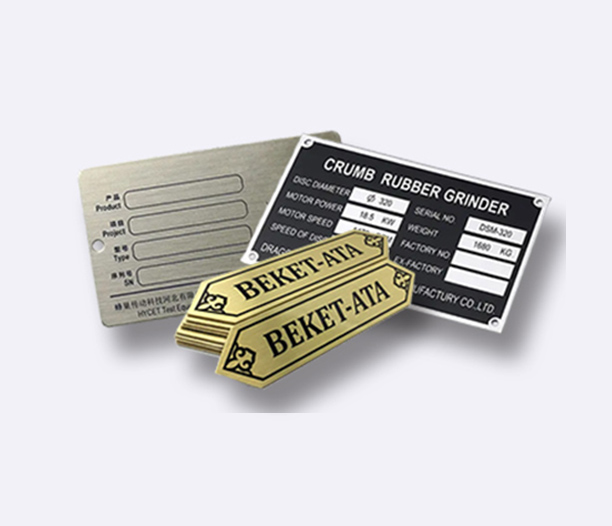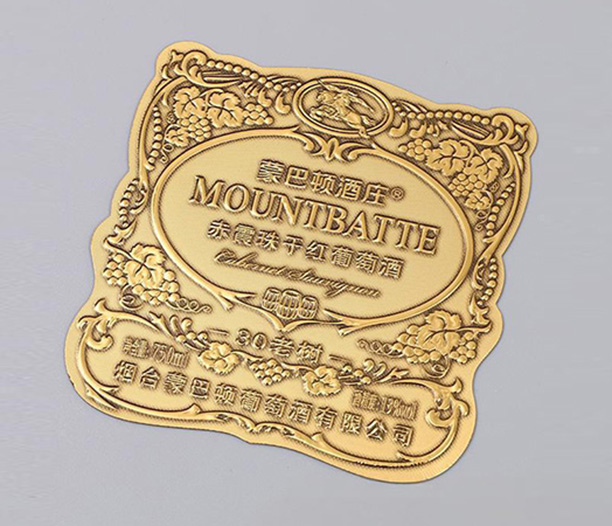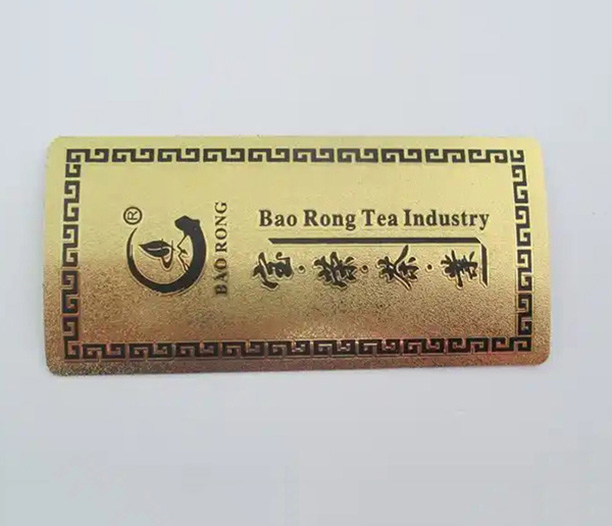If you're involved in the world of manufactured homes, whether as a buyer, seller, or lender, you've likely encountered the term "HUD Label Verification Letter." This document, though seemingly simple, is a cornerstone of the manufactured housing industry. Its importance cannot be overstated, as it serves as a critical link to the home's origins, compliance, and legitimacy. Understanding what it is, why it matters, and how to navigate common issues surrounding it is paramount for a smooth and secure transaction.
This comprehensive guide will delve into the five essential aspects of the HUD Label Verification Letter, demystifying its purpose and addressing the most frequently asked questions.
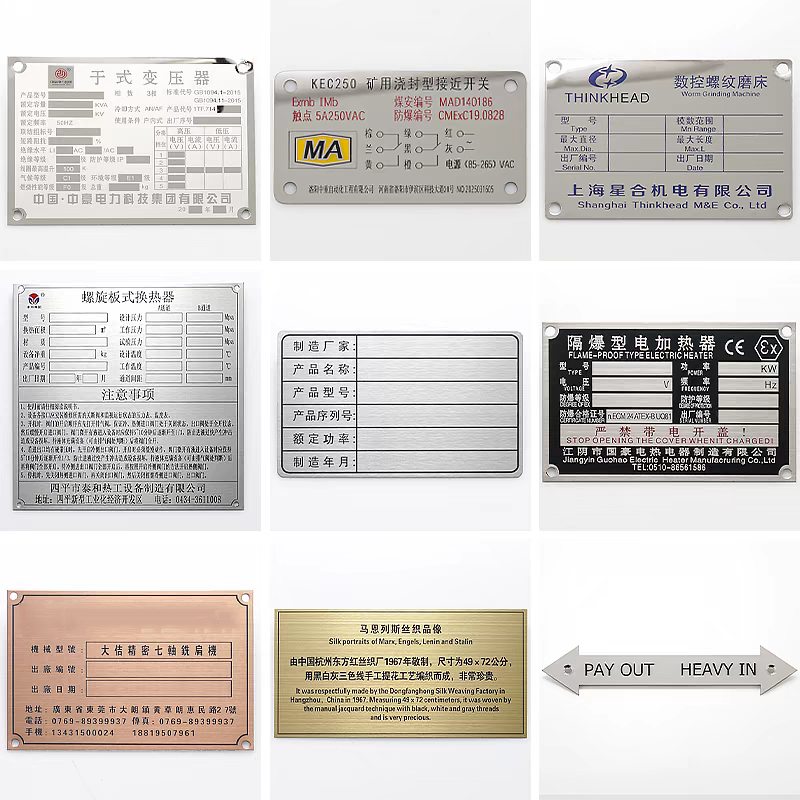
What is a HUD Label Verification Letter and Why Does It Exist?
A HUD Label Verification Letter is an official document issued by the U.S. Department of Housing and Urban Development (HUD) that confirms the existence and authenticity of the HUD Certification Label, commonly known as the "HUD tag," for a specific manufactured home.
To understand the letter, we must first understand the label itself. The Federal Manufactured Home Construction and Safety Standards (often called the HUD Code), established in 1976, regulate the design, construction, strength, durability, transportability, fire resistance, and energy efficiency of manufactured homes. Every manufactured home built after June 15, 1976, must comply with this code. As proof of this compliance, the manufacturer permanently affixes a red metal HUD Label to each transportable section of the home. This label is the home's "birth certificate," indicating it was built to federal standards.
The HUD Label Verification Letter comes into play when this physical label is missing, damaged, or illegible. It is the official government-issued substitute that verifies the home's original compliance. Without either the physical label or this verification letter, the home can be extremely difficult to finance, insure, or sell, as its legitimacy and safety are called into question.
In essence, the letter acts as a bridge, connecting a home that may have lost its physical identity tag back to its federally approved origins within HUD's official records.
The Critical Importance of the HUD Label Verification Letter
Why is this piece of paper so powerful? Its importance manifests in several key areas:
Financing and Refinancing: Most importantly, lenders will almost always require either the physical HUD label or a HUD Label Verification Letter before approving a loan. Government-backed loans like FHA, VA, and USDA loans have strict requirements that mandate the home's HUD Code compliance. The letter provides the assurance the lender needs to secure the loan.
Home Insurance: Insurance companies need to assess risk. A home built to a recognized national standard is a safer bet. Proof of this standard, via the verification letter, is often a prerequisite for obtaining homeowners insurance.
Title and Ownership: In many states, the process of converting a manufactured home from personal property (like a vehicle) to real property (permanently affixed to land) requires proof of the HUD label. The verification letter facilitates this crucial process, which can have significant implications for property taxes and legal status.
Resale Value and Marketability: A home without proof of its HUD Code compliance is a red flag for potential buyers. It creates uncertainty about the home's quality, safety, and legality. Having a HUD Label Verification Letter removes this uncertainty, making the home easier to sell and helping to preserve its value.
Legal and Regulatory Compliance: Local building and safety departments may require proof of HUD compliance for permitting purposes, especially if you're planning renovations or an addition. The letter serves as this proof.
How to Obtain a HUD Label Verification Letter: A Step-by-Step Guide
If you discover that your manufactured home is missing its HUD label, obtaining a HUD Label Verification Letter is your next step. The process is handled by the Monitoring Contractor hired by HUD, which is currently the IBTS (Institute for Building Technology and Safety).
Here is a step-by-step guide to requesting the letter:
Gather Required Information: You will need specific details about the home to initiate a search. This includes:
The complete serial number or VIN (Vehicle Identification Number) of the home. This is often found on the title, data plate inside the home, or on the frame rail.
The manufacturer's name.
The model name of the home.
The approximate date of manufacture.
Complete the Request Form: Visit the IBTS website dedicated to HUD Label Verification (search for "IBTS HUD Label Verification"). You will find a official request form to download and complete.
Submit the Request and Payment: Submit the completed form along with the required fee. As of 2024, the fee is $125.00 for a single-section home and $175.00 for a multi-section home. This fee is subject to change, so always check the IBTS website for the most current information. Payment is typically made by credit card or check.
Wait for Processing: IBTS will search its database of HUD-approved homes. If the home's information is found and matches the records, they will issue the official HUD Label Verification Letter. This process can take several weeks.
Receive Your Letter: The letter will be mailed to the address you provided on the request form. It is a formal document on IBTS letterhead that states the manufacturer, model, serial number, and date of manufacture for which the HUD label was originally issued.
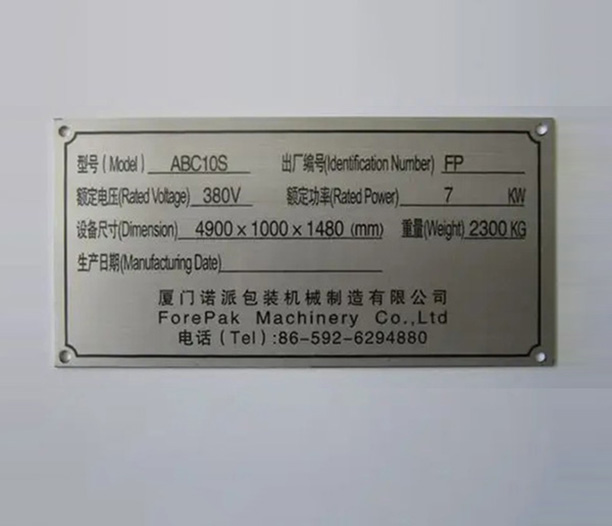
Common Problems and Challenges with HUD Label Verification
The process isn't always smooth. Homeowners often encounter several common hurdles:
The Serial Number Cannot Be Found: This is the most significant problem. If the unique serial number is missing from the title, data plate, and frame, and the homeowner has no records, IBTS may be unable to locate the home in its database. Searching by just the address or owner's name is not typically possible.
Mismatched Information: Discrepancies between the information on the title, the data plate, and the physical home can create confusion and delay the process. For example, a typo on an old title can derail the search.
Pre-1976 Homes: Homes built before the HUD Code was enacted (before June 15, 1976) will not have a HUD label or any record in the IBTS database. They cannot receive a HUD Label Verification Letter. Their value and financing options are often limited to personal property or chattel loans.
Lost Records: In very rare cases, especially for very old homes, the original manufacturer's records may have been lost or destroyed and never made it to the federal database. This can make verification impossible.
Fraudulent Labels: Unfortunately, some homes may have counterfeit HUD labels attached. The verification process helps uncover this fraud, but it then leaves the homeowner with a difficult-to-resolve situation.
FAQ
Q1: What if my home is too old and the records don't exist?
A: If your home was built before June 15, 1976, it is not regulated by the HUD Code and there will be no record of it. You cannot obtain a HUD Label Verification Letter. For homes built after this date where records are truly lost, you may need to explore alternative documentation or legal remedies with your local DMV or title company, though options are limited.
Q2: I lost my HUD Label Verification Letter. Can I get a duplicate?
A: Yes, IBTS keeps a record of the letters it issues. You can contact them and request a duplicate copy, though there may be an additional fee for this service.
Q3: How long is the verification letter valid?
A: The letter itself does not expire. It is a one-time verification of the home's original status. However, a lender or insurer may request a recently issued letter to ensure the information is still current and that no other issues have arisen.
Q4: Is the HUD Label Verification Letter the same as the Data Plate?
A: No. The Data Plate (or Compliance Certificate) is a paper document inside the home (often inside a kitchen cabinet or bedroom closet) that provides detailed information about the home's construction standards. The HUD Label Verification Letter is a separate document that specifically verifies the existence of the external metal HUD label. Both are important, but serve different purposes.
Q5: Can I sell my home without the HUD label or verification letter?
A: Technically, yes, you can sell it "as-is" for cash. However, you will severely limit your pool of buyers. Most potential buyers will need financing, and without the HUD verification, they will be unable to secure a loan. This typically forces the seller to accept a much lower price.
In conclusion, the HUD Label Verification Letter is far more than a simple piece of paper. It is a fundamental document that authenticates the history, safety, and value of a manufactured home. Whether you are buying, selling, or borrowing, taking the time to understand, locate, and secure this verification is one of the most important steps you can take to protect your investment and ensure a successful transaction in the manufactured housing market.



